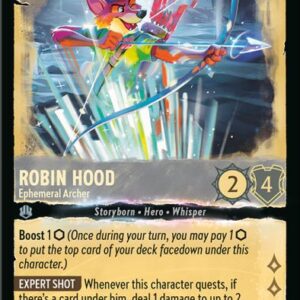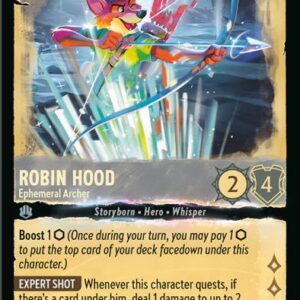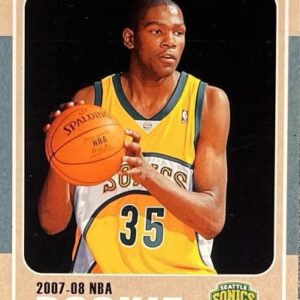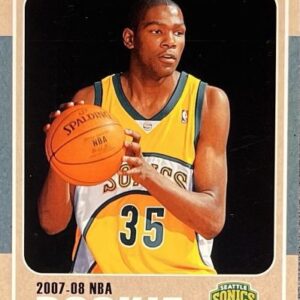When Wizards of the Coast recently lit up the collector’s world by unveiling a Spider-Man-themed Magic: The Gathering set, the room was filled with enthusiastic chatter, quickly dashed by a shadow of disappointment. The absence of preconstructed Commander decks in the ensemble was akin to forgetting the cherry atop a sundae. But as seasoned players might tell you, magic sometimes comes as a surprise, wrapped in a punk rock jacket and armed with attitude—and so, Spider-Punk swung onto the scene, turning indifference into intrigue.
Spider-Punk, a cost-effective card at just two mana, seems tailor-made for the sprightly player with an appetite for chaos. His Riot ability, allowing a choice between haste or an additional +1/+1 counter, is merely a prelude. The real showstopper lies in his defiant ability to shake the very foundations of the game’s conventions: once Spider-Punk is on the field, spells and abilities become uncancellable and damage prevention is a thing of the past. The game adopts a ‘no safety net’ stance, obliterating shields such as the venerable Counterspell, Teferi’s Protection, or even the much-revered One Ring.
This maniacal maverick is both the hero and the anti-hero in an orchestra of controversy. As exhilarating as it is to wield, Spider-Punk’s effect doubles as your opponents’ best friend moments after your turn ends. A rival waiting in the wings with instant-speed threats can go as wild as Spider-Punk’s guitar riffs without fear of interruption. It’s a classic case of “what goes around, comes around,” with the added risk of your punk protagonist being a mere blip on the battlefield—an easy target for removal under hostile fire.
Nevertheless, Spider-Punk’s arrival has ignited a fire. The sheer anticipation around this card suggests a paradigm shift, with its impact as seismic in popular conversation as its resonance with bright-eyed players clutching fresh decks. Even before the scales have tipped in anyone’s favor, the market is rolling dice on Spider-Punk’s prowess. Basic copies are igniting presales with prices hovering in the low twenties, as foil enthusiasts push the numbers to sixty dollars and special borderless editions bridge a gap between forty-eight and fifty-five dollars.
Yet Spider-Punk isn’t the lone spider weaving webs of allure. The entire set offers a string of new possibilities, cementing Spider-Punk as part of a much broader narrative. Enter the Soul Stone, on a hot streak as a top chase card. This indestructible mana rock moonlights as a reanimation engine, proving its value to gatherers seeking an unyielding addition to their magical arsenals. And then there’s the formidable Doctor Octopus, his arms not just instruments of destruction but also of orchestration, potentially leading a Villain tribal Commander deck that doesn’t skimp on card draw.
Green Goblin, the quintessential chaos agent, invites players to indulge in Mayhem, an ability delightful in its sheer anarchy: cards discarded into the void find renewed purpose as playable threats, a vibrant dance of madness and opportunity rolling out one draw at a time.
Together, these elements paint a vivid picture of what’s to come in Magic: The Gathering’s ever-evolving universe. From the splash made by Spider-Punk to the unscripted echoes of the Soul Stone, each card adds to a narrative that promises to enrich and enliven deck-building strategies. The introduction of these dynamic variables into the Commander format may go down in the history of MTG as a pivotal moment—a time when unorthodox techniques gained a voice and less conventional cards broke free from the mold.
The horizon now looks both hopeful and unpredictable, much like a Spider-Man alter ego who’s just as comfortable in a mosh pit as he is in a strategic duel. A new era dawns, draped in vibrant hues of wonder and speculation, daring players old and new to hack and slash through the expected and explore the thrilling unknown. As the dust settles, one thing remains certain: Spider-Punk and the Spider-Man set have done what every spider does best—they’ve captured our imaginations in a web of what’s possible, challenging us to rethink, re-evaluate, and ultimately, reimagine the world of Magic: The Gathering as we’ve come to know it.





